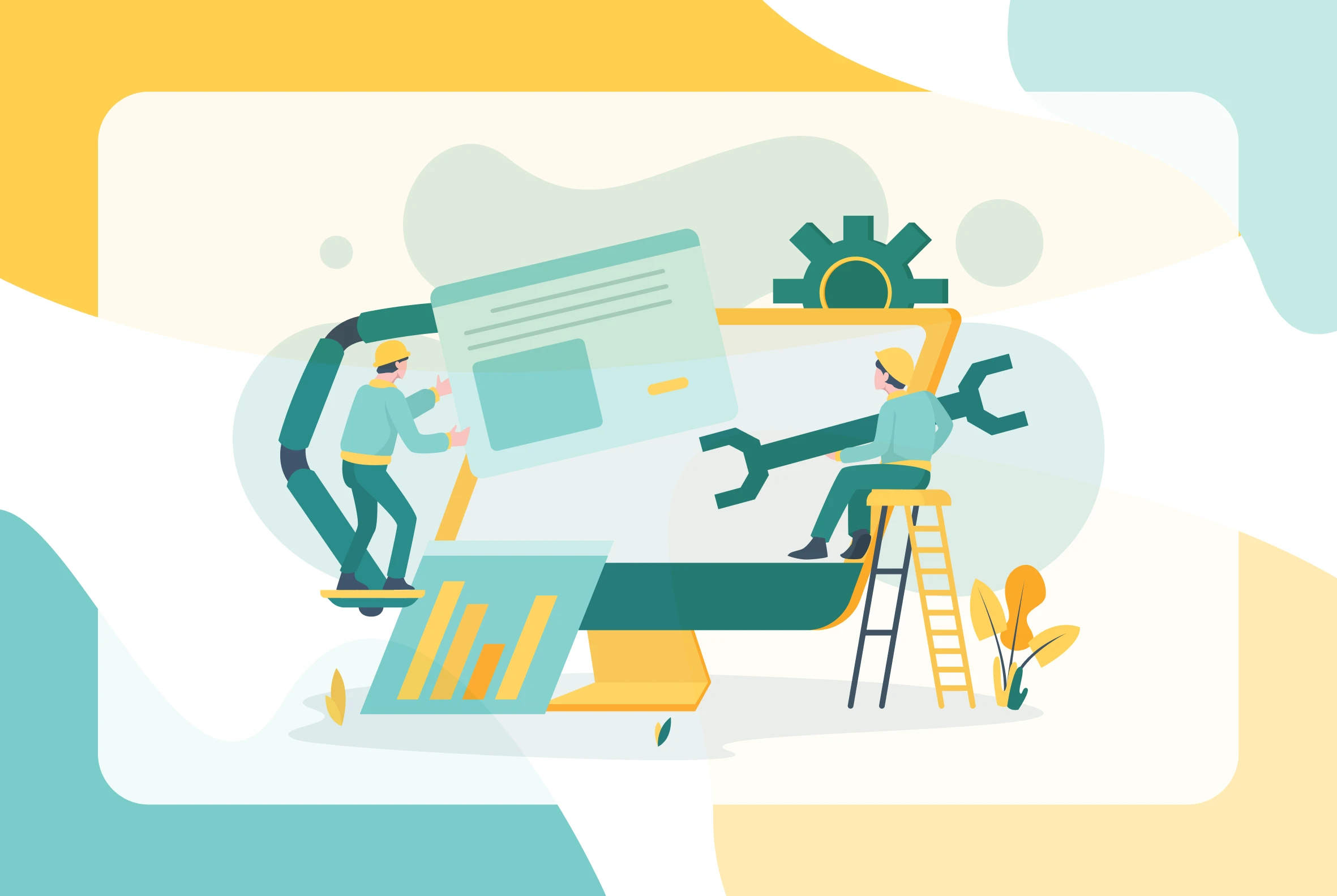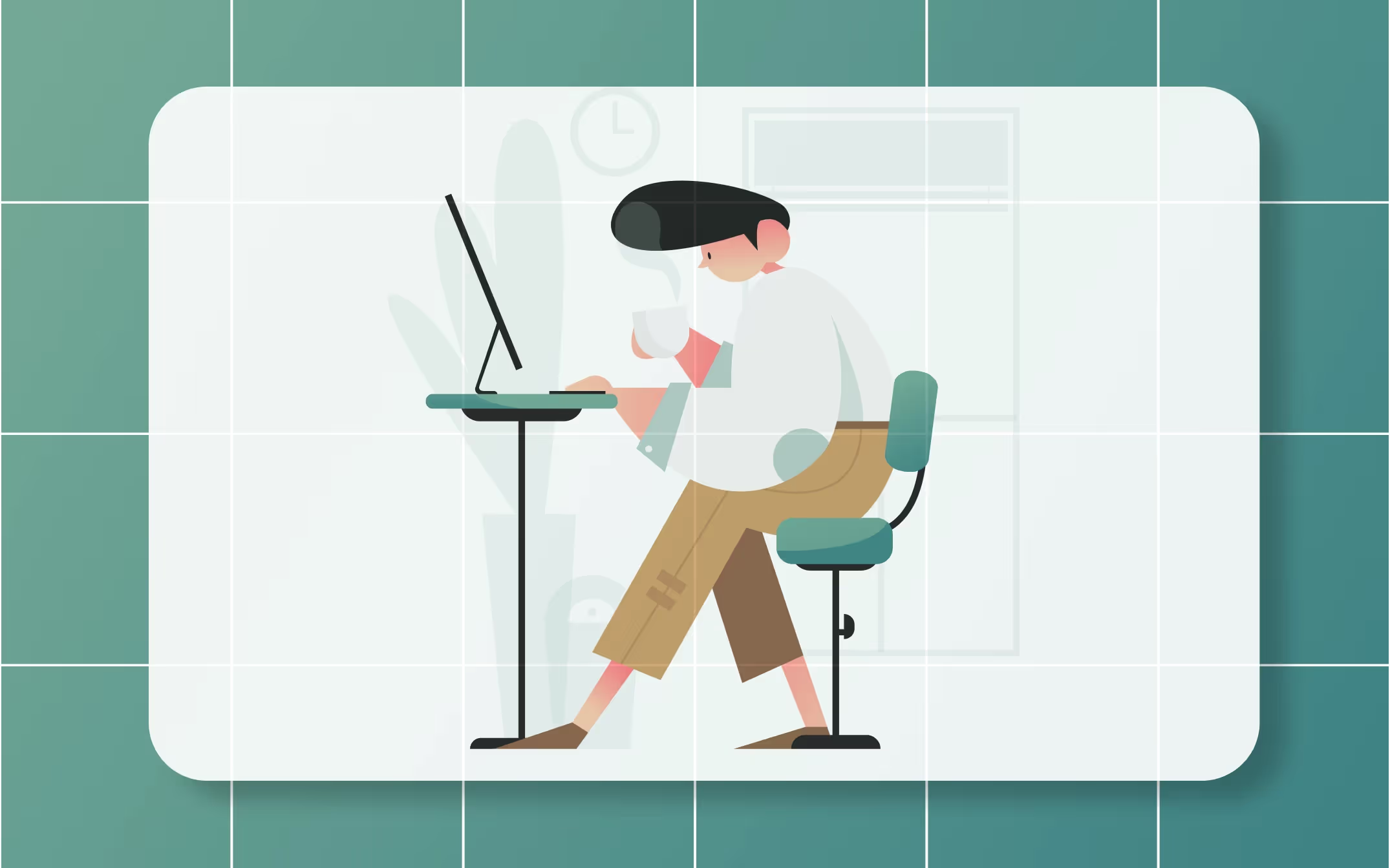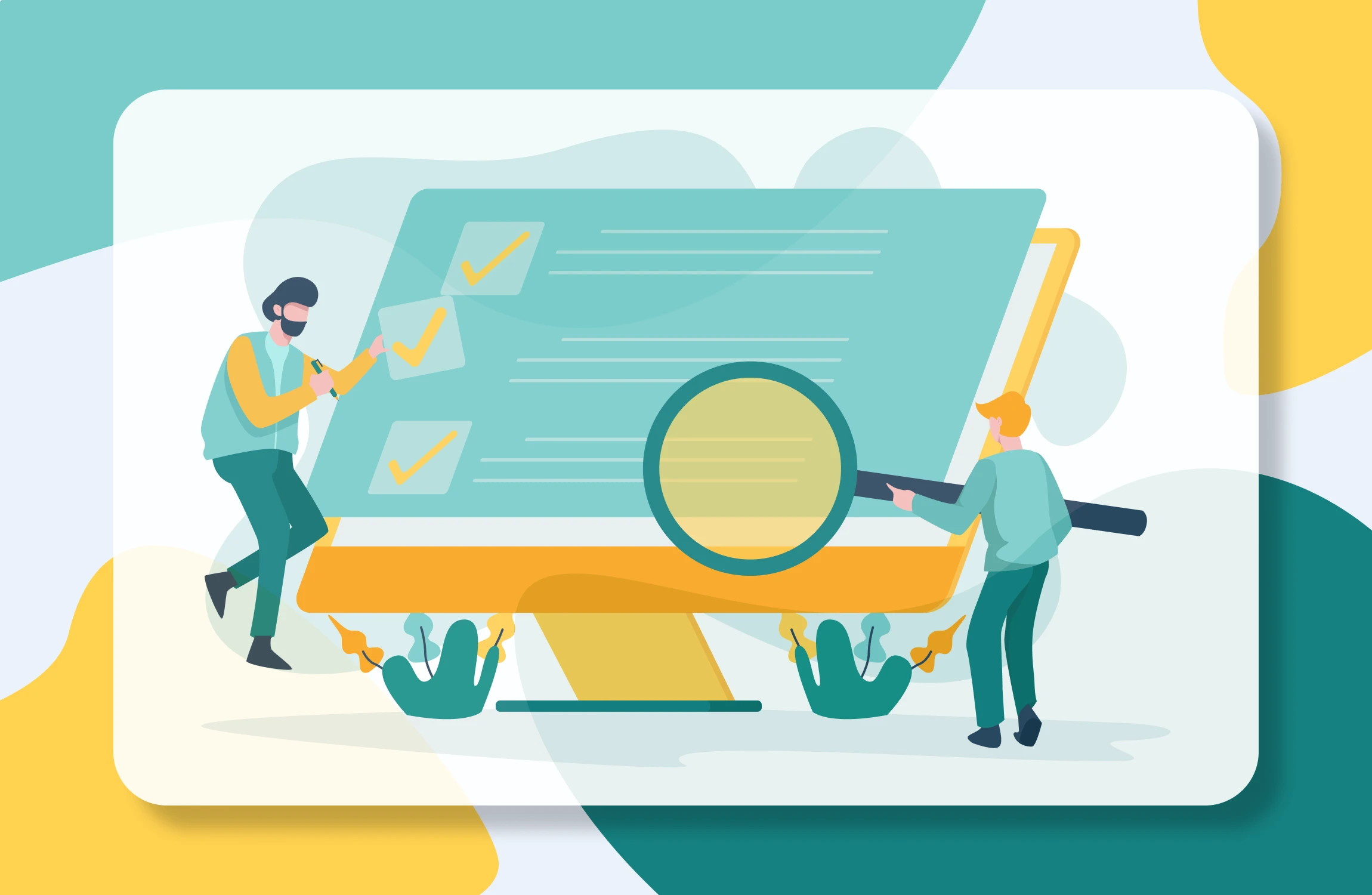The importance of barbershop software: best practices

Running a successful barbershop involves more than just skilled barbers and quality products.
Implementing the right software can streamline operations, improve customer experience, and boost your bottom line.
In this article, we’ll explore the best practices for choosing and using barbershop software.
Best Practices for Implementing Barbershop Software
1. Identify Your Needs
Before selecting any software, it’s crucial to identify the specific needs of your barbershop. Are you looking to improve appointment scheduling, manage inventory, or perhaps enhance customer engagement? Knowing your needs will guide your software selection process. It will also help you avoid investing in features that you don’t actually need. This targeted approach ensures that you get the most value for your investment. Example: A barbershop with multiple locations focuses on finding software that offers centralized management features. Moreover, consider hiring a software development team with expertise in building customized solutions tailored to your unique barbershop requirements.
2. Do Thorough Research
Once you’ve identified your needs, the next step is to conduct thorough research. Look for software that specializes in the barbershop industry, read reviews, and compare features. This will help you make an informed decision and choose software that aligns with your business goals. Your research should also include checking the credibility of the software provider and their customer support capabilities. Example: A barbershop owner reads online reviews and even reaches out to other shop owners for recommendations.
3. Prioritize User-Friendly Interface
The software you choose should be easy to use for both your staff and your customers. A user-friendly interface ensures quick adoption and minimizes the time spent on training. It also enhances the customer experience, making it easier for them to book appointments or engage with your services. The easier the software is to navigate, the more likely it is that both staff and customers will use it effectively. Example: A barbershop opts for software with an intuitive dashboard that requires minimal training for the staff.
4. Ensure Mobile Compatibility
In today’s world, mobile compatibility is a must. Choose software that is accessible and fully functional on mobile devices. This allows customers to book appointments on the go and enables staff to manage schedules and inventory from anywhere. Mobile compatibility also opens the door for features like push notifications, which can be used to remind customers of upcoming appointments. Example: A barbershop selects software that offers a mobile app for both Android and iOS platforms.
5. Integrate with Existing Systems
If you already have certain systems in place, like point-of-sale or accounting software, ensure that the barbershop software you choose can integrate seamlessly with them. This will streamline operations and reduce the complexity of managing multiple standalone systems. Integration can also lead to more comprehensive data analytics, giving you a fuller picture of your business performance. Example: A barbershop ensures that the new scheduling software integrates with their existing POS system.
6. Test Before Implementing
Before fully implementing the software, run a test phase. This allows you to identify any issues or gaps in functionality. It also gives your staff the opportunity to become familiar with the software before it goes live. Testing helps you make any necessary adjustments, ensuring a smoother transition when the software is fully implemented. Example: A barbershop runs a two-week test phase, during which they actively seek feedback from both staff and customers.
7. Provide Staff Training
Even user-friendly software requires some level of training. Make sure your staff is well-trained on team building and how to use the software to its full potential.This will maximize efficiency and ensure that you’re getting the most out of your investment. Training should be ongoing, with refreshers and updates as the software itself is updated or as new features are added. Example: A barbershop arranges a training session with the software provider to educate the staff on advanced features.
8. Regularly Update and Maintain
Software is not a one-time investment. It requires regular updates and maintenance to ensure optimal performance. Keep your software up-to-date and take advantage of new features and improvements as they become available. Regular maintenance also includes monitoring for any issues and resolving them promptly to ensure uninterrupted service. Example: A barbershop schedules regular check-ins with the software provider to discuss updates and potential customizations.
9. Leverage Analytics
Most modern barbershop software comes with built-in analytics tools. Use these to track key performance indicators like appointment rates, customer retention, and inventory levels. Analytics can provide valuable insights into your business, helping you make data-driven decisions. It can also help you identify trends or issues before they become significant problems. Example: A barbershop uses analytics to identify slow business days and launches targeted promotions to increase bookings.
10. Ensure Scalability
As your business grows, your software needs may change. Choose software that is scalable and can adapt to your growing needs. This could mean the ability to add new features, support more users, or even expand to multiple locations. Scalable software is a long-term investment that can grow with your business. Example: A barbershop chooses software with a flexible pricing model that allows them to add more features as their customer base grows.
11. Focus on Customer Experience
Ultimately, the goal of implementing software is to enhance the customer experience. Look for features that make it easier for customers to interact with your business, such as online booking on your website, automated reminders, and customer feedback options. A positive customer experience not only increases retention but also boosts your reputation through word-of-mouth. Example: A barbershop implements a loyalty program through their software, encouraging repeat visits.
Conclusion
Implementing barbershop software is a strategic move that can offer numerous benefits, from streamlined operations to enhanced customer satisfaction. By following these best practices, you can make an informed decision that will positively impact your business for years to come.






